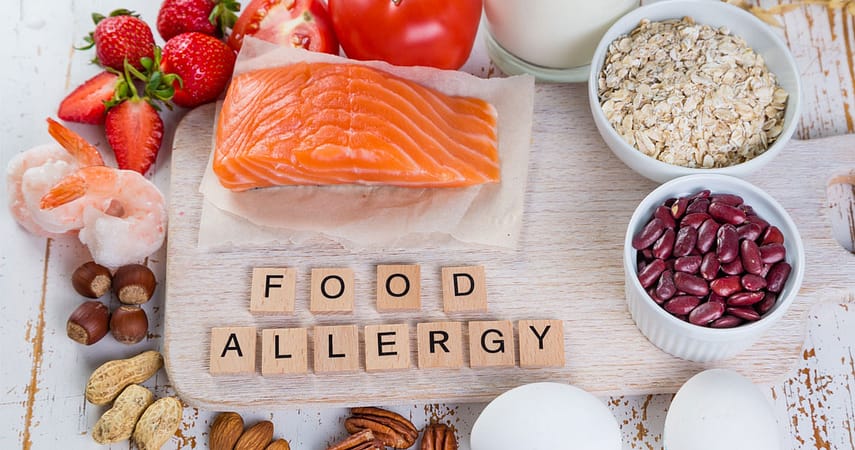In the US, more than 50 million people suffer from some type of allergy. You might know such people, or maybe you have an allergy to something. According to the CDC, food allergies are determined to have in 4%-6% of children and 4% of adults.
Why people get allergic to food that many people eat? Well, a food allergy occurs because your body’s immune system reacts to a specific protein in the food. The immune system attack becomes extreme and produces antibodies against the food protein. When that same food gets consumed later, antibodies recognize that protein, which leads to the secretion of histamine in the bloodstream. Histamine and these other chemicals are responsible to cause allergy symptoms.
Food allergies are common in newborns. However, food allergies can occur irrespective of age. You cannot determine when you can get allergic to any food item, which you have been eating for years. So are you dealing with any food allergies? Make sure you visit your doctor to get anti-allergic medicines.
Common Symptoms of Food Allergies
Food allergies symptoms range from mild, moderate, to severe. The effect of an allergic attack is different in each individual. Not every person will experience the symptoms that we will discuss. Plus, every reaction may be slightly different. The common signs and symptoms are as follows:
- Skin rash or itchiness
- Wheezing
- Tingling in the mouth
- Burning sensation on lips and mouth
- Swelling of face and lips
- Nausea
- Diarrhea
- Runny nose
- Watery eyes
Common Food Triggers
According to the survey, the common food that triggers allergic reactions are peanuts, wheat, soy, milk, and eggs. In adults, other food items such as fish, peanuts, and some shellfish, lobster, crab, and prawns. Whereas tree nuts, such as pistachios, Brazil nuts, almonds, walnuts, and peanuts can also cause allergic symptoms
Approximately 90% of food allergies are associated with foods that are as follows:
- milk
- eggs
- fish
- tree nuts (including hazelnuts, walnuts, almonds, and Brazil nuts)
- groundnuts
- all types of common seashells
- soya
- wheat
In Europe, countries the top food allergens are sesame, celery, lupin (a legume), and mustard.
Medications for Palliating Food Allergy
Antihistamines: Histamines are the chemicals that act as signaling molecules that cause cascades of immune reaction. The anti-histamines are available in the form of gels, liquids, as well as tablets. They are usually effective for patients with milder food allergy symptoms. Histamines are chemicals that cause most allergy symptoms, and these medicines, such as Allegra that helps to inhibit histamine secretion temporarily.
Experiencing food allergy is common; however, consult with your doctor to get medicated immediately.

